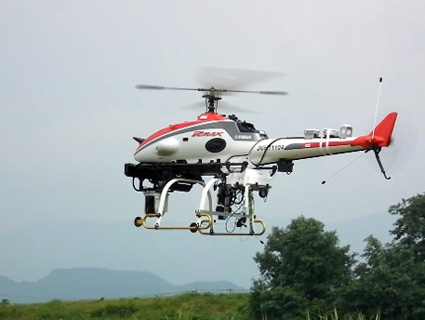Pitch Interactive, a California-based data visualization shop, has created a beautiful, if somewhat controversial, visualization of every attack by the US and coalition forces in Pakistan since 2004.
The data is legit; it comes from the Bureau of Investigative Journalism, but as Emma Roller at Slate notes, the designers present it weirdly, claiming at the beginning of the interactive that fewer than 2 percent of drone deaths have been “high profile targets,” and “the rest are civilians, children and alleged combatants.” At the end of the visualization, you find out that a majority of the deaths fall into the “legal gray zone created by the uncertainties of war,” as Brian Fung put it at National Journal.
But the “legal gray zone” itself is alarming enough—highlighting the lack of transparency surrounding the administration’s drone program—as are the discrepancies in total numbers killed. It’s between 2,537 and 3,581 (including 411 to 884 civilians) killed since 2004, if you want to go with the BIJ. Or it’s between 1,965 and 3,295 people since 2004 (and 261 to 305 civilians), if you want to believe the Counterterrorism Strategy Initiative at the New America Foundation. Or perhaps it’s 2,651 since 2006 (including 153 civilians), according to Long War Journal. (The NAF and Long War Journal base estimates on press reports. BIJ also includes deaths reported to the US or Pakistani governments, military and intelligence officials, and other academic sources.)
So, here is Pitch’s take on what killing people in Pakistan with flying robots has looked like over the past nine years:












